Here is a command that will read an input image, create a 480x360 transparent cell with a black border, create a grid of those cells the size of the input image, and composite that grid over the input...
infile="MyPic.png"
convert "$infile" -size 480x360 -set option:distort:viewport "%[w]x%[h]" \
\( xc:none -shave 1x1 -compose copy -bordercolor black -border 1x1 \) \
-virtual-pixel tile -distort SRT 0 -compose over -composite output.png
That will make the lines of the grid 2 pixels thick. If the lines must be 1 pixel thick, the same sort of thing can be done with a command like this...
convert "$infile" -size 480x360 -set option:distort:viewport "%[w]x%[h]" \
\( xc:none -chop 1x1 -background black -splice 1x1 \) \
-virtual-pixel tile -distort SRT 0 -compose over -composite \
-bordercolor black -shave 1x1 -compose copy -border 1x1 output.png
EDITED TO ADD: If the objective is to divide the grid into a particular number of cells rather than cells of specified dimensions, a command like this should work...
convert "$infile" \( +clone -channel A -evaluate set 0 +channel \
-crop 3x4@ -chop 1x1 -background black -splice 1x1 \) -background none \
-flatten -shave 1x1 -bordercolor black -border 1x1 output.png
That creates a clone of the input image and makes it transparent, uses "-crop 3x4@" to crop it into a grid of 3x4 cells, puts a black border on the top and left edges of the cells, then reassembles them into a grid by flattening them onto the input image. It finishes by adding a border to the right and bottom edges while preserving the input image's original dimensions.
Obviously using this method the cells may not all have the exact same dimensions if the the input image can't be divided evenly by the number of cells.
EDITED AGAIN: If you don't actually need the grid to be an overlay, you can directly crop the image into tiles, put black lines around the tiles, and reassemble them to create the required output image. That can be done with a simple command like this to make 480x360 sized cells...
convert "$infile" -background black -bordercolor black \
-crop 480x360 -chop 1x1 -splice 1x1 -flatten -shave 1x1 -border 1x1 output.png
Or it can be done with "-crop 3x3@" like this to make a grid of 3 rows and 3 columns letting ImageMagick calculate the sizes as nearly as possible...
convert "$infile" -background black -bordercolor black \
-crop 3x3@ -chop 1x1 -splice 1x1 -flatten -shave 1x1 -border 1x1 output.png
Again, if the image size isn't evenly divisible by the number of cells, there will be one pixel difference in the sizes of some of the cells.






